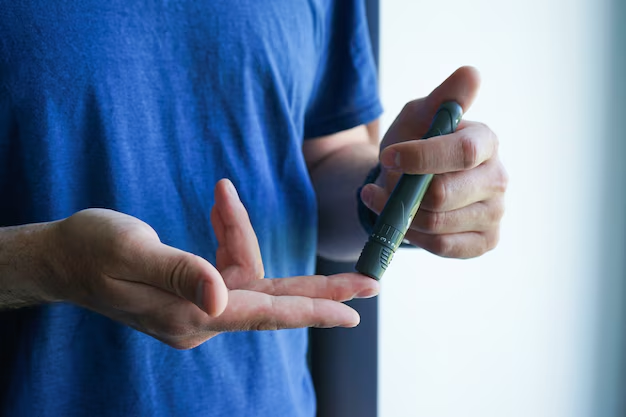Discover the Best Ways to Test for Diabetes
Understanding how diabetes is tested is crucial for anyone concerned about their health or managing this condition. Diabetes, a chronic disease affecting millions worldwide, is characterized by elevated blood glucose levels due to insulin deficiencies or insulin resistance. Fortunately, testing for diabetes is straightforward and accessible. Here’s what you need to know about how diabetes is tested.
Common Diabetes Tests
Fasting Blood Sugar Test
One of the most common diagnostic tools for diabetes is the fasting blood sugar test. This test measures your blood sugar after an overnight fast. A level of 126 mg/dL or higher on two separate tests indicates diabetes.
A1C Test
The A1C test provides an average blood sugar level over the past two to three months. It’s particularly useful for diagnosing Type 2 diabetes and prediabetes. An A1C level of 6.5% or higher on two tests is indicative of diabetes.
Oral Glucose Tolerance Test (OGTT)
The OGTT involves drinking a glucose solution after fasting, and blood sugar levels are measured several times over a few hours. A reading of 200 mg/dL or higher after two hours confirms diabetes.
Random Blood Sugar Test
This convenient test can be done anytime. A blood sugar level of 200 mg/dL or higher suggests diabetes, especially when accompanied by other symptoms like increased thirst or frequent urination.
Why Testing for Diabetes Matters
Early identification of diabetes is vital because it allows for prompt management, reducing the risk of severe complications such as heart disease, nerve damage, or kidney issues. Testing also helps track the effectiveness of current diabetes management strategies, adjusting treatments as necessary.
Exploring Financial and Educational Resources
Treating diabetes often requires ongoing healthcare services, which can be costly. Understanding financial assistance options and related educational opportunities is essential.
Government Aid Programs
Both state and federal programs can help cover medical expenses. The Medicare Diabetes Prevention Program and Medicaid offer resources for qualifying individuals.
Financial Assistance from Nonprofits
Organizations like the American Diabetes Association provide grants and resources to alleviate some medical costs.
Educational Opportunities
Improving diabetes knowledge through educational grants might empower better self-management. Various medical institutions and online platforms offer courses that can be useful.
Practical Steps Forward
If you're facing a diabetes diagnosis or looking to improve management, it's vital to explore the resources available to you. Here's a simple guide to get started:
- 🏥 Check Eligibility for Medicare or Medicaid: These programs can significantly reduce medical costs for those with qualifying conditions.
- 📚 Explore Nonprofit Support: Many nonprofits offer financial assistance or helpful resources tailored for diabetes care.
- 🎓 Look for Online Educational Courses: Courses focusing on diabetes management might provide actionable strategies and practical lifestyle tips.
- 💳 Consider Credit Solutions for Medical Expenses: Some financial institutions offer low-interest medical loans designed for healthcare needs.
Taking the right steps to test for and manage diabetes can lead to a healthier future. Simultaneously, leveraging available financial and educational resources ensures comprehensive support throughout your journey.
